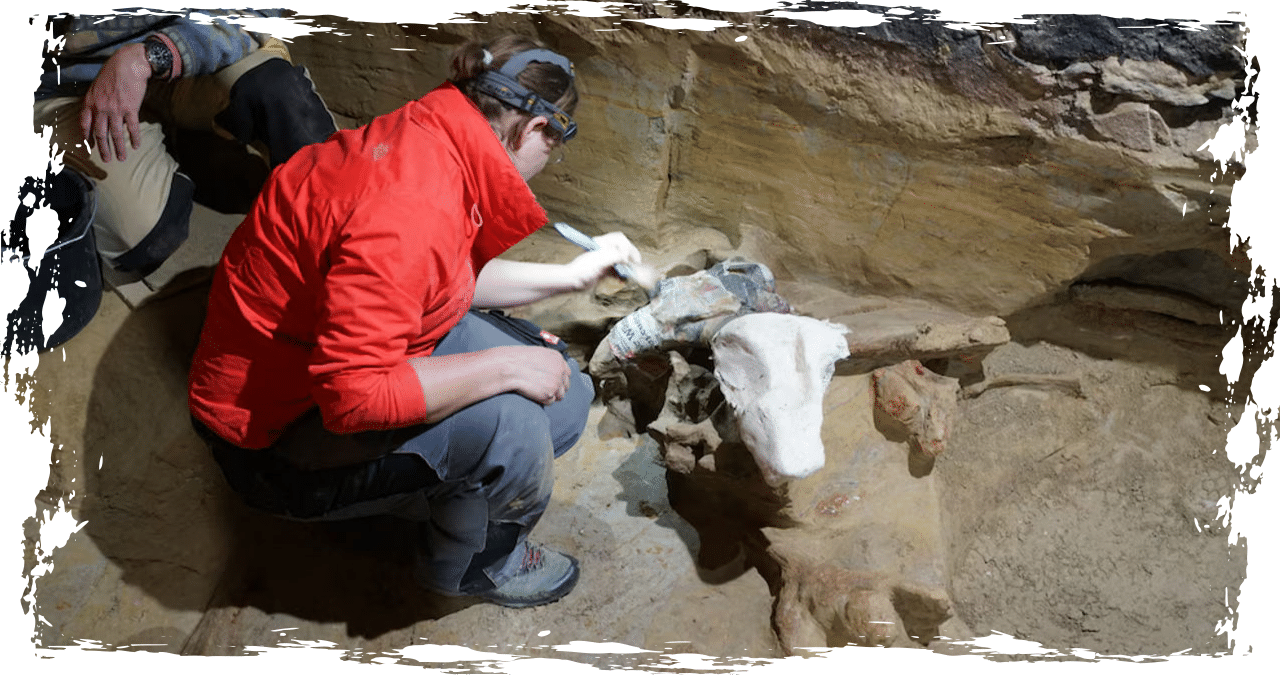During the renovation of his wine cellar, a man in Austria stumbled upon something far more ancient than a prized bottle of Merlot. What awaited him was a remarkable find – a rare collection of mammoth bones, estimated to be around 40,000 years old.
According to the Austrian Archeological Institute, researchers are calling the recent discovery of mammoth fossils in Austria one of the most significant finds in over a century. They believe that the bones, dating back to the prehistoric Stone Age, belonged to at least three different mammoths.
Winemaker Andreas Pernerstorfer stumbled upon the bones during his cellar renovation in the Austrian village of Gobelsburg, situated approximately 45 miles west of Vienna, as stated in a press release by the institute.
Pernerstorfer discovered the bones and promptly reported them to the Federal Monuments Office. The office then directed him to the Austrian Archaeological Institute of the Austrian Academy of Sciences.
Archaeologists have made an astounding discovery, referring to it as an “archaeological sensation.” They have been excavating since mid-May and have uncovered multiple layers of mammoth bones.
Hannah Parow-Souchon, the leader of the excavation team, expressed her excitement about the discovery, stating that the dense bone layer of mammoths found is a rare occurrence. She further added that this is the first time they have had the opportunity to investigate such a find in Austria using modern methods.
Stone Age people have long been a subject of fascination when it comes to their ability to hunt and survive in a world filled with formidable creatures. The recent discovery has only deepened the ongoing investigation into their hunting techniques, particularly in relation to the extinct giant creatures that once roamed the Earth. These massive beings, belonging to the elephantid genus, have puzzled scientists for years, and the newfound evidence sheds new light on this ancient mystery.
According to Parow-Souchon, there is still a lot of mystery surrounding the methods used by humans to hunt mammoths.
According to the release, researchers are questioning whether the cellar was the actual location where the mammoths died and if they were possibly chased and trapped there.
Researchers are currently examining the collection of fossils and will soon send it to the Natural History Museum Vienna for restoration.
In 2021, a group of researchers uncovered ancient molars from three mammoth specimens in northeast Siberia. These molars, dating back millions of years, represent the oldest skeletal fragments ever discovered.



